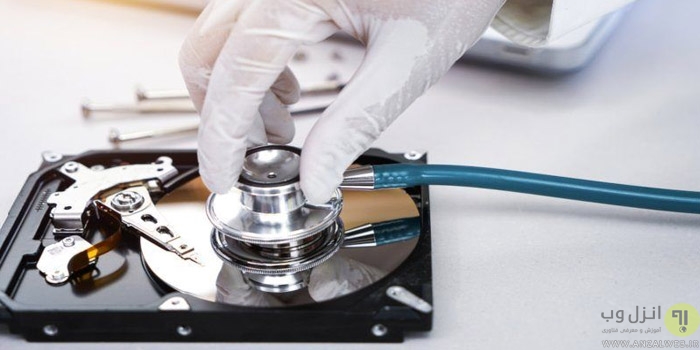

Windows Resource Protection could not perform the requested operation.PassMark DiskCheckup™ allows the user to monitor the SMART attributes of a particular hard disk drive.Details are in the CBS.log: %Windir%\logs\cbs\cbs.log
 Windows Resource Protection found corrupt files but was unable to fix some of them. Details are in the CBS.log: %inDir%\logs\cbs\cbs.log Windows Resource Protection found corrupt files and successfully repaired them. Windows Resource Protection did not find any integrity violations. There are four possible completion messages that you can receive: /enable - Enables Windows File Protection (WFP), which prevents programs from modifying Windows system files. /cancel - Cancels any pending scans (such as the /scanboot modifier). /scanboot - Scans all system files at boot each time the system is restarted. /scanonce - Scans all system files once. / scannow - Scans all system files and replaces corrupted or incorrect files. However, there are other modifiers that can be used. In the command prompt window, type sfc /scannow /offbootdir=c:\ /offwindir=c:\windows and press Enter.Ī basic System File Checker (SFC) scan using the /scannow modifier resolves most issues. NOTE: If you do not see any options, learn How to repair the EFI bootloader on a GPT Hard Drive for Windows 7, 8, 8.1 and 10 on your Dell personal computer. Type sfc /scannow /offbootdir=c:\ /offwindir=c:\windows and press Enter. Click Troubleshoot, and then Advanced Options. Select the Repair your Computer option. Select your Language, and then click Next. The computer boots using the USB installation disk. Select the USB drive from the list and press Enter. Turn on the computer and tap the F12 key until you enter the One Time Boot Menu. Connect the USB installation disk to the computer. Create a Windows installation disk using the Dell OS Recovery tool. How to run System File Checker (SFC) using the Windows recovery media Windows 11, Windows 10, and Windows 8 or 8.1 Right-click CMD.exe and select Run as Administrator. After the process is complete, reboot the computer. System file checker utility checks the integrity of Windows system files and repairs them if required. In the command prompt window, type SFC /scannow and press Enter. On the User Account Control (UAC) prompt, click Yes. NOTE: System File Checker can be run from Windows PowerShell (Admin).
Windows Resource Protection found corrupt files but was unable to fix some of them. Details are in the CBS.log: %inDir%\logs\cbs\cbs.log Windows Resource Protection found corrupt files and successfully repaired them. Windows Resource Protection did not find any integrity violations. There are four possible completion messages that you can receive: /enable - Enables Windows File Protection (WFP), which prevents programs from modifying Windows system files. /cancel - Cancels any pending scans (such as the /scanboot modifier). /scanboot - Scans all system files at boot each time the system is restarted. /scanonce - Scans all system files once. / scannow - Scans all system files and replaces corrupted or incorrect files. However, there are other modifiers that can be used. In the command prompt window, type sfc /scannow /offbootdir=c:\ /offwindir=c:\windows and press Enter.Ī basic System File Checker (SFC) scan using the /scannow modifier resolves most issues. NOTE: If you do not see any options, learn How to repair the EFI bootloader on a GPT Hard Drive for Windows 7, 8, 8.1 and 10 on your Dell personal computer. Type sfc /scannow /offbootdir=c:\ /offwindir=c:\windows and press Enter. Click Troubleshoot, and then Advanced Options. Select the Repair your Computer option. Select your Language, and then click Next. The computer boots using the USB installation disk. Select the USB drive from the list and press Enter. Turn on the computer and tap the F12 key until you enter the One Time Boot Menu. Connect the USB installation disk to the computer. Create a Windows installation disk using the Dell OS Recovery tool. How to run System File Checker (SFC) using the Windows recovery media Windows 11, Windows 10, and Windows 8 or 8.1 Right-click CMD.exe and select Run as Administrator. After the process is complete, reboot the computer. System file checker utility checks the integrity of Windows system files and repairs them if required. In the command prompt window, type SFC /scannow and press Enter. On the User Account Control (UAC) prompt, click Yes. NOTE: System File Checker can be run from Windows PowerShell (Admin).








